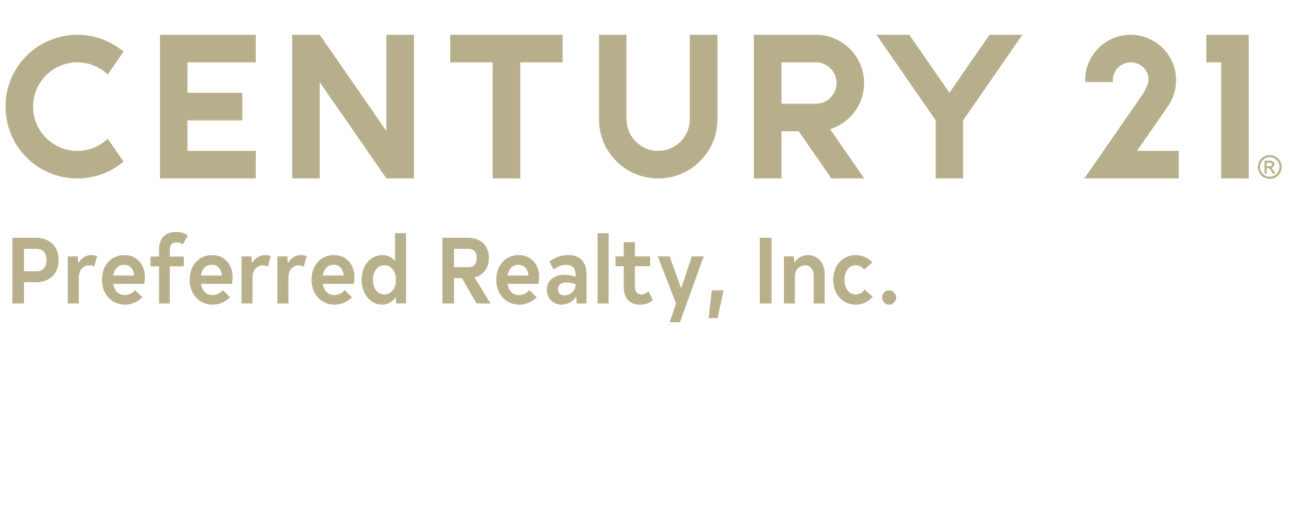Creative financing refers to alternative and unconventional methods of securing funds for real estate transactions. These methods are often used when traditional financing options may be difficult to obtain, and they involve finding innovative ways to structure deals. Creative financing techniques are more common in real estate investing and can offer flexibility for both buyers and sellers.
Here are some examples of creative financing strategies:
Seller Financing – In a seller financing arrangement, the seller acts as the lender, and the buyer makes payments directly to the seller instead of obtaining a traditional mortgage from a financial institution. This can be beneficial for buyers who may not qualify for a mortgage through traditional channels.
Lease Options – A lease option allows a buyer to lease a property with the option to purchase it at a later date, usually at a predetermined price. This can give tenants time to improve their credit or save for a down payment before committing to the purchase.

Subject-to Financing – In a subject-to deal, the buyer acquires a property “subject to” the existing financing in place. This means the buyer takes over the existing mortgage payments without formally assuming the loan. This can be advantageous when the existing financing terms are favorable.
Wraparound Mortgages – A wraparound mortgage involves creating a new mortgage that “wraps around” the existing one. The buyer makes payments to the seller, who, in turn, continues making payments on the existing mortgage. This can be a way to finance a property without obtaining a new loan.
Creative Use of Hard Money Loans – Hard money lenders provide short-term, high-interest loans, often based on the value of the property rather than the borrowers’ creditworthiness. Creative financing may involve using hard money loans for a short period to acquire a property and then refinancing with more conventional financing.
Equity Sharing – In an equity sharing arrangement, an investor provides the capital, and a property owner provides the property management expertise. Profits or losses are then shared based on the agreed-upon terms.
Crowdfunding – Real estate crowdfunding platforms allow multiple investors to pool their money to invest in a property. This provides an opportunity for smaller investors to participate in real estate projects that may be beyond their individual financial capacity.
Assumption of Existing Mortgages – Some mortgages are assumable, meaning a buyer can take over the seller’s existing mortgage. This can be a creative way to finance a property, especially if the terms of the existing mortgage are favorable. It’s important to note that while creative financing can offer flexibility, it also comes with risks and complexities. Parties involved in such transactions should thoroughly understand the legal and financial implications and, in many cases, seek the advice of legal and financial professionals to ensure compliance with regulations and protect their interests.


 Facebook
Facebook
 X
X
 Pinterest
Pinterest
 Copy Link
Copy Link

